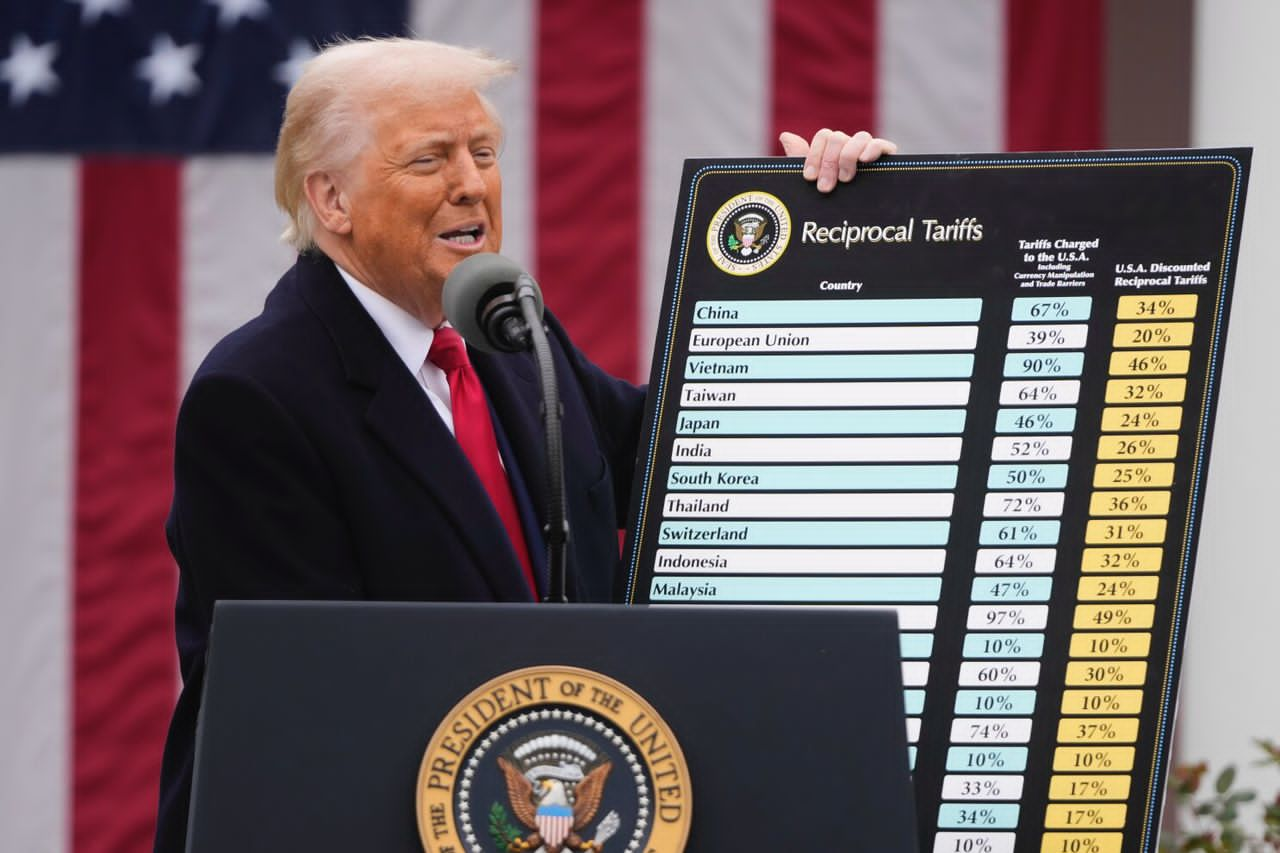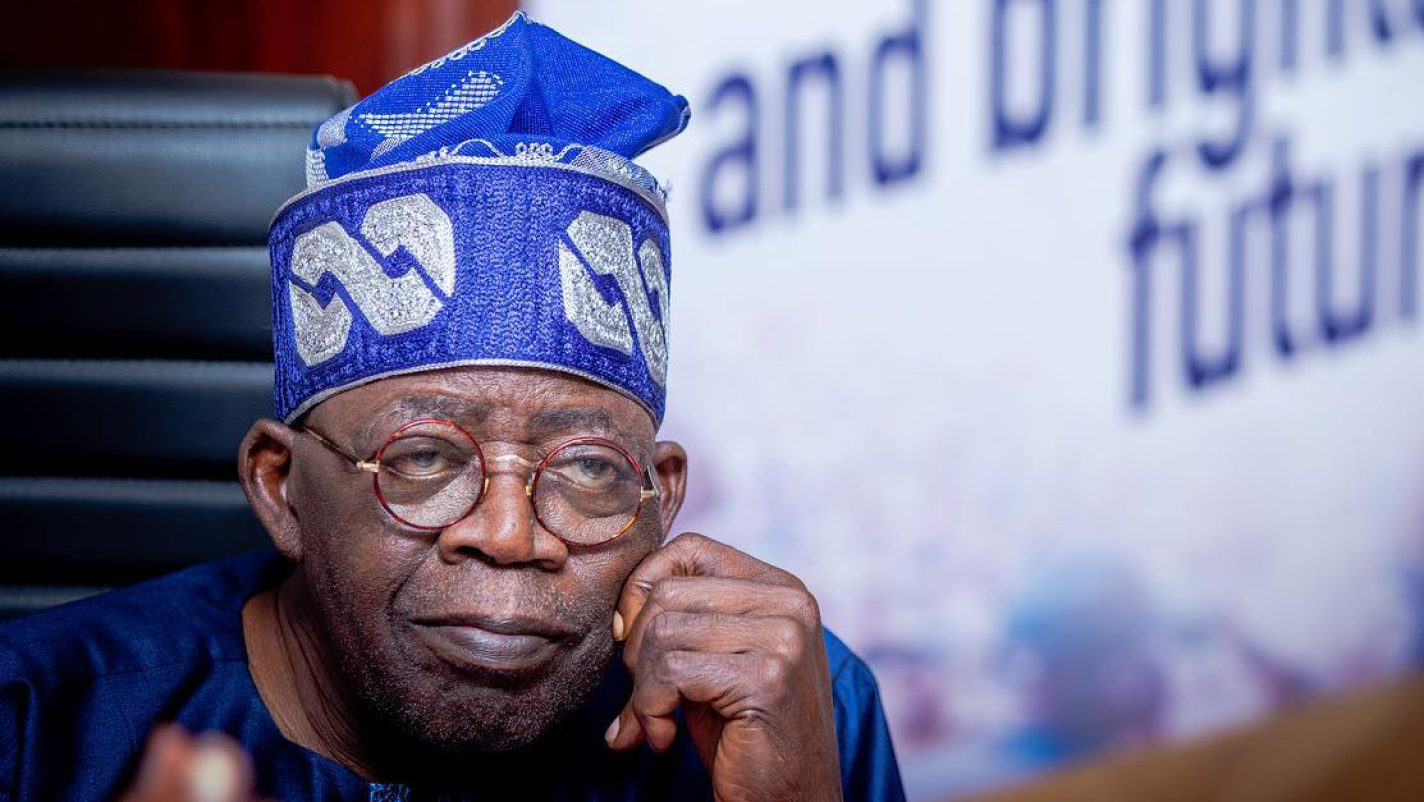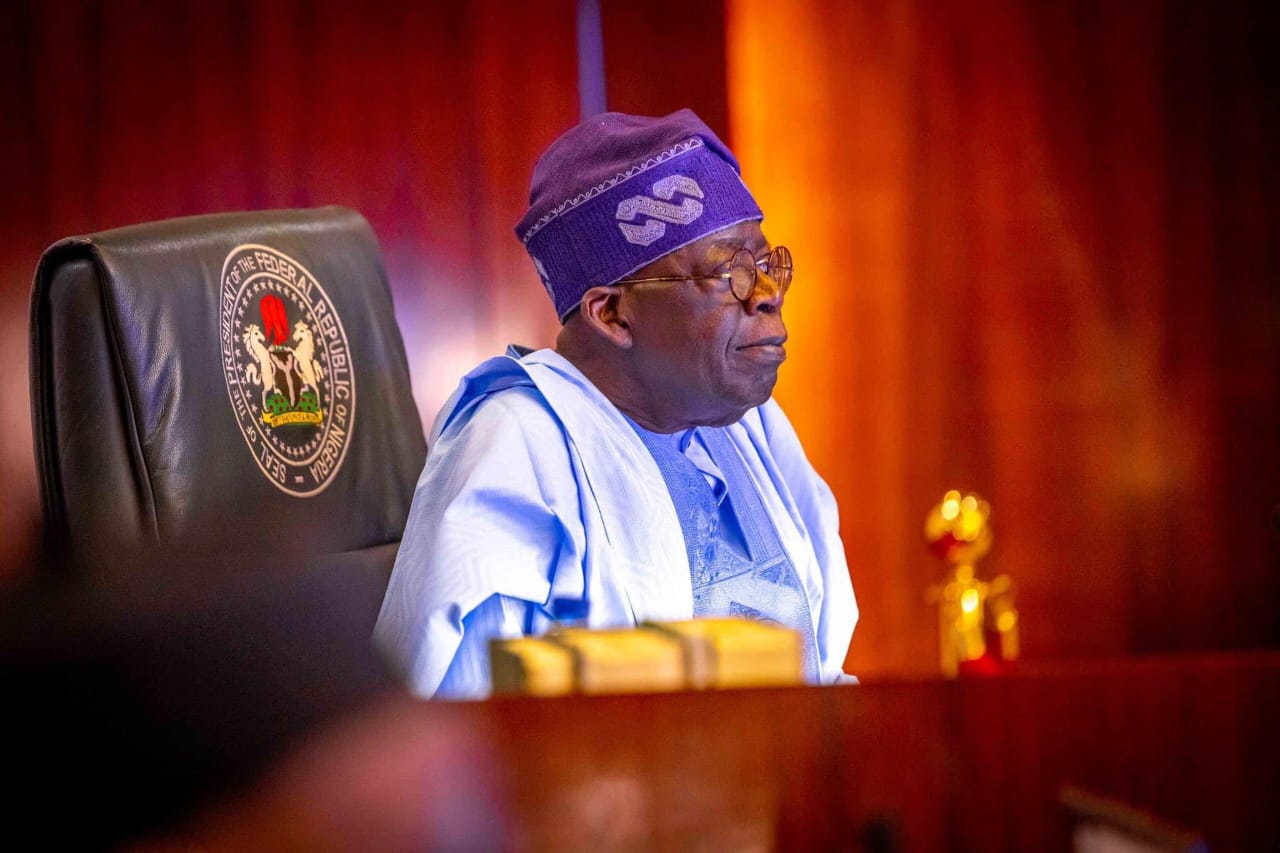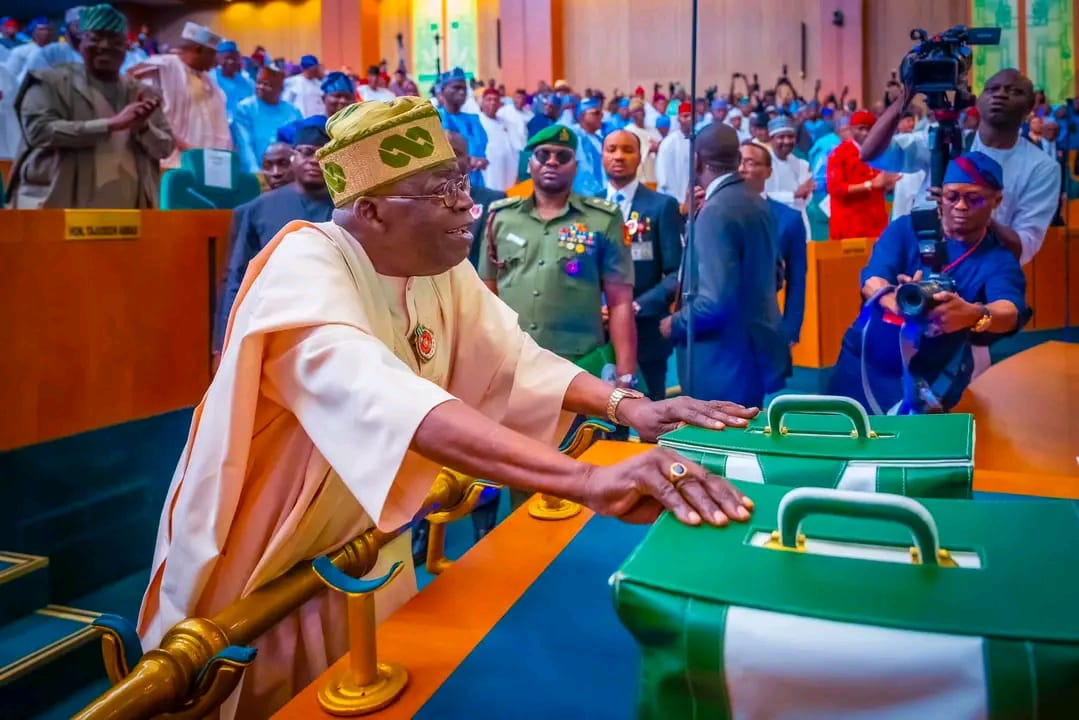Assessing The Impact Of Trump’s Tariff Regime On Nigeria’s Economy: Challenges, Opportunities, And The China Factor

BY Ibrahim A Ja’afaru
The Trump administration’s tariff regime has been a topic of intense debate globally, and Nigeria is no exception. To understand the socio-economic and security implications of these tariffs, let’s break down the key aspects of Trump’s tariff regime and its impact on the world, with a focus on Nigerian perspectives.
Furthermore, China is a key consideration in assessing the impact of Trump’s tariff regime on Nigeria’s economy, acknowledging the potential implications of China’s involvement in the global trade landscape.
Historical Context of Tariffs
Tariffs have been used in the United States (U.S) since the late 18th century, with the Tariff Act of 1789 being one of the first laws passed by Congress.¹ The primary goals of tariffs were to raise revenue for the federal government and protect American industries from foreign competition.
On April 2, 2025, President Donald Trump unveiled his highly anticipated tariff regime, dubbed “Liberation Day,” imposing extra taxes on goods imported from over 50 countries worldwide. This move aims to boost the U.S economy and protect American jobs, but experts warn it may trigger a global trade war, increase insecurity, and lead to widespread job losses and higher costs for consumers.
Understanding Tariffs
Tariffs are additional taxes charged on goods imported from other countries, typically paid by importers and passed on to domestic consumers. For instance, a 25% tariff on a ₦10,000 product would result in an additional ₦2,500 charge. This increase in revenue for the government may come at the expense of higher prices for consumers and potential economic downturn thus opening the way for wider security challenges associated with unemployment, tension, weak purchasing power, broken family ties etc.
Motives Behind Trump’s Tariff Policy
As a business mogul, Trump’s economic vision is rooted in his business background, this is why Tariffs are a central part of Trump’s economic vision. He was quoted as saying “tariff” is his cherished word, and has long been an opponent of international free trade agreements among nations.
Trump also aims to reduce the trade deficit, particularly with the European Union, which stood at $213 billion in 2024. The first tariffs Trump announced during his current presidential term targeted key U.S trading partners China, Mexico and Canada. He said he wanted them to do more to stop migrants and drugs reaching the U.S.
He introduced a 10% tariff on Chinese goods, which was later doubled to 20% and now it stood at 54% which ranked first in the global lists, this development did not come to Beijing as surprised in fact they have been preferring for this occasion.
T.L. Friedman, a renowned opinion columnist with The New York Times, states, “It’s downright scary to watch this close up.” He further expatiates his points by noting that “it is evident that President Trump is focused on what teams American transgender athletes can race on; however, China is focused on transforming its factories with Artificial Intelligence (AI) so it can outrace all U.S factories.”
Key Aspects of Trump’s Tariff Regime
Tariff Rates: The average tariff rate on all imports will rise from 2.5% in 2024 to 16.5% in 2025, the highest average rate since 1937.
Global Trade Impact: It is estimated that the new Tariffs policy will cause imports to fall by over $800 billion in 2025, or 25%.
Revenue and GDP: Accordingly, the Washington think tank projection on the tariffs will raise nearly $2.9 trillion in revenue base over the next decade but reduce U.S GDP by 0.7%.¹
Contrasting Strategies: Trump vs China,
Trump’s “Liberation Day” strategy involves doubling down on tariffs while reducing the national scientific institutions and workforce that drive U.S. innovation. In contrast, China’s liberation strategy is to open more research campuses and double down on AI-driven innovation to be permanently liberated from Trump’s tariffs.¹
Friedman reported Beijing’s message to America: “We’re not afraid of you. You aren’t who you think you are and we aren’t who you think we are”
Potential Consequences
Global Trade War: Experts fear a global trade war may erupt, disrupting international trade and economic stability.
Increased Costs: Higher tariffs may lead to increased costs for consumers and businesses, potentially slowing economic growth.
Job Losses: Industries may shut down or relocate, resulting in job losses, economic instability, tension and escalated violence.
Impact on Nigerian Economy
The United States is Nigeria’s top export destination in terms of individual countries, and these exports have been increasing at an annualized rate of 1.59% from 2018 to 2023. Notwithstanding this trade volume, Nigeria accounted for only 1% of U.S imports, and is being allocated a 14% tariff share. In response, Nigeria has the right to impose a proportionate tariff on goods imported from the U.S, potentially generating additional revenue.
Goods Affected by the Tariff Regime
Nigeria’s exports to the U.S include petroleum products, mineral resources, cocoa, and precious stones. In contrast, Nigeria imports electricity products, automobiles, earth-moving equipment, and military hardware from the U.S.
Security Implications for Nigeria
The security implications of Trump’s tariff regime on Nigeria’s economy are multifaceted:
Trade Disruption: Nigeria’s exports to the U.S valued at $10 billion annually are at risk due to the new tariffs. The new 14% tariff when come into effect may reduce demand for Nigerian oil, potentially weakening the naira and exacerbating economic challenges thereby opening the gate way for tension and insecurity across the nation.
• Increased Costs and Inflation: With Nigeria allocated a 14% tariff share, consumers may face higher prices for goods imported from the U.S, potentially leading to increased inflation and by implication weak purchasing power.
• Retaliatory Tariffs: Nigeria’s response to the U.S tariffs could lead to a trade war, impacting the country’s economy and potentially threatening national security.
• Impact on Key Industries: Nigeria’s exports to the U.S, including petroleum products, mineral resources, cocoa, and precious stones, may be affected by the tariffs, potentially leading to industry closures and job losses.
Mitigating the Effects of the Tariff Regime
To address the challenges posed by the tariff regime, the Nigerian government must:
• Upgrade its Products to meet international standards, increasing competitiveness in the global market.
• Diversify Export Destinations, reducing dependence on the U.S market and avoiding retaliatory tariffs.
• Foster Mutually Beneficial Trade relationships with other nations, including those in Europe, to minimize the impact of the tariff regime.
• Invest in the Information Technology Sector – Especially Artificial Intelligence (A.I) projects to foster the development of economic, social, and security sectors of our nation, similar to China’s approach in countering Trump’s tariffs. This is achievable if we’re committed to national development – it’s not a fantasy, but a reality.
Conclusion
Ultimately, the United States is Nigeria’s top export destination in terms of individual countries. Therefore consequent upon this, Nigeria must carefully navigate the complexities of Trump’s tariff regime to protect its economy and ensure a prosperous future for its citizens.
Furthermore, experts also warn that Nigeria’s oil revenue could suffer significantly under this new tariff regime, with estimated exports of $10 billion worth of goods to the U.S under the African Growth and Opportunity Act (AGOA) potentially at risk.¹

Ibrahim A Ja’afaru,
PhD, Candidate,
Department of Defence and Strategic Studies,
Nigerian Defence Academy,
Kaduna.




